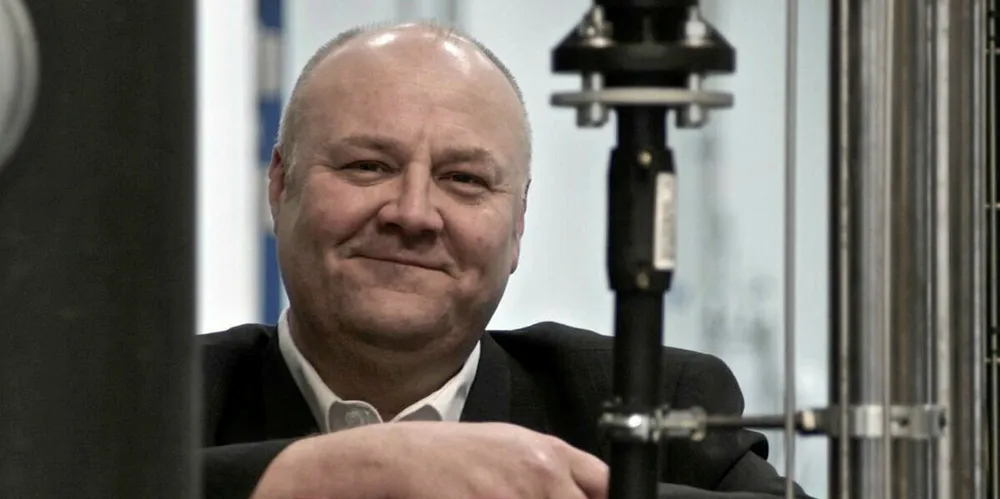Governments are being 'sold a pup on blue hydrogen from methane’
Chief executive of leading electrolyser manufacturer ITM Power tells Recharge why the notion of producing H2 from fossil fuels with carbon capture is 'utter rubbish'

Chief executive of leading electrolyser manufacturer ITM Power tells Recharge why the notion of producing H2 from fossil fuels with carbon capture is 'utter rubbish'
